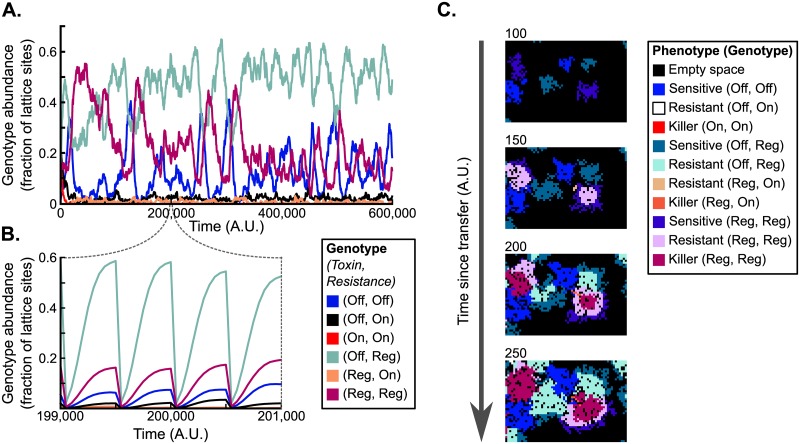Fig 5. Model dynamics under a serial-transfer regime.
The simulation was initialised with cells with random genotypes. Every 500 time steps, a random sample of 1000 cells from the current population was transferred to a new, empty lattice (“fresh medium”). (A, B) Abundance of genotypes over time on long (panel A) and short (panel B) time scales. Since the number of cells varies greatly within each transfer cycle, in panel A only the genotype abundances observed at the end of each cycle are plotted. The evolved population mainly consists of three genotypes: sensitives (genotype (Off, Off)), regulating resistants (genotype (Off, Reg)), and regulating killers, that also regulate their resistance (genotype (Reg, Reg)). (C) Snapshots of a small part of the simulation lattice showing colony growth between two transfers. Early on, (Off, Off)-, (Off, Reg)- and (Reg, Reg)-cells all express the sensitive phenotype. As the size of the colonies increases, the phenotype of cells in the interior of (Off, Reg)- and (Reg, Reg)-colonies switches to resistant, and in the case of (Reg, Reg)-cells after τdelay time steps to toxin producing. Cells on colony edges remain sensitive, allowing the colony to grow rapidly. See also S2 Video. Parameter values: Lcue = 6, Ltox = 6, , , CR = 0.1, and CC = 0.02.

